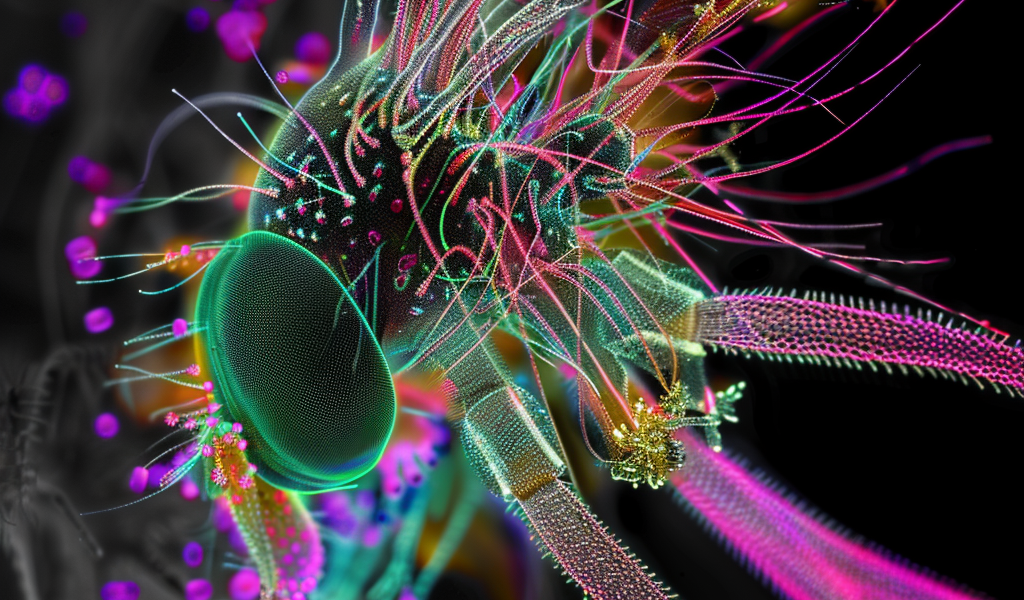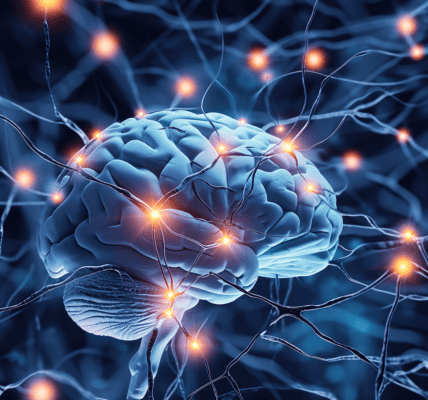Unlocking Motion: The Unexpected Complexity of Motor Neurons
March 20, 2024
Researchers have challenged traditional views on motor neurons through a groundbreaking study on fruit flies, demonstrating that individual motor neurons can produce a variety of complex head movements rather than just simple actions. This research highlights the intricate role these neurons play in bodily motion.
The team utilized advanced laboratory techniques and artificial intelligence to stimulate single motor neurons and observe the resultant movements, revealing a sophisticated system akin to a digital thermostat that adjusts based on the body’s current posture. This discovery not only challenges existing notions of motor neuron functionality but also opens new avenues for understanding motor system diseases and the interplay between different types of neurons in movement control.
Key Facts
- Single Neurons, Multiple Movements: Contrary to expectations, activating individual motor neurons in fruit flies led to a range of head movements, demonstrating the neurons’ ability to drive complex actions.
- Advanced Techniques Reveal Neuron Functionality: The use of light-sensitive molecules and red light stimulation, combined with AI-driven movement tracking, allowed for precise control and observation of motor neuron-induced movements.
- Implications for Motor Disease Understanding: Insights into the precise roles of motor neurons offer potential for advancing our understanding of diseases like ALS, highlighting the importance of sensory feedback in motor control.
Motor neurons are the cells the brain uses to command muscles to act. Scientists typically thought of them as simple connections, much like the cables that link computers with their accessories.
Now, in fly studies, researchers at Columbia’s Zuckerman Institute have discovered that single motor neurons can each direct an insect’s body to move in far more complex ways than previously thought.
The findings were published in Nature on March 20.
This discovery sheds light on the intricate functionality of motor neurons and their impact on bodily movements. By analyzing the 3D movements induced by single motor neurons, the research provides a deeper understanding of the brain’s control over the body’s motions, offering potential insights into motor system diseases and the role of sensory feedback in motor control.
Image: Microscope image of a fly brain (gray) with magenta visual neurons connecting to a motor neuron in this study (green). Credit: Stephen Huston, Zuckerman Institute; Rebecca Johnston, Friday Harbor Laboratories
“This is one of the first times scientists have analyzed in 3D what single motor neurons do while the body moves naturally,” said Stephen Huston, Ph.D., an associate research scientist at Columbia’s Zuckerman Institute, and the study’s corresponding author. “You can’t understand how the brain makes the body move without knowing what each motor neuron does, just as you can’t understand how a puppeteer makes a marionette move without understanding what the puppet strings do.”
Motor neurons are the final links through which the brain controls the body’s motions, from a flick of a finger to a blink of an eye. Despite this pivotal role, the complexity and versatility of their functionality have only recently come to light, opening new doors for research into motor system diseases and the intricate interplay between different types of neurons in controlling bodily movements.
Source: Columbia University





